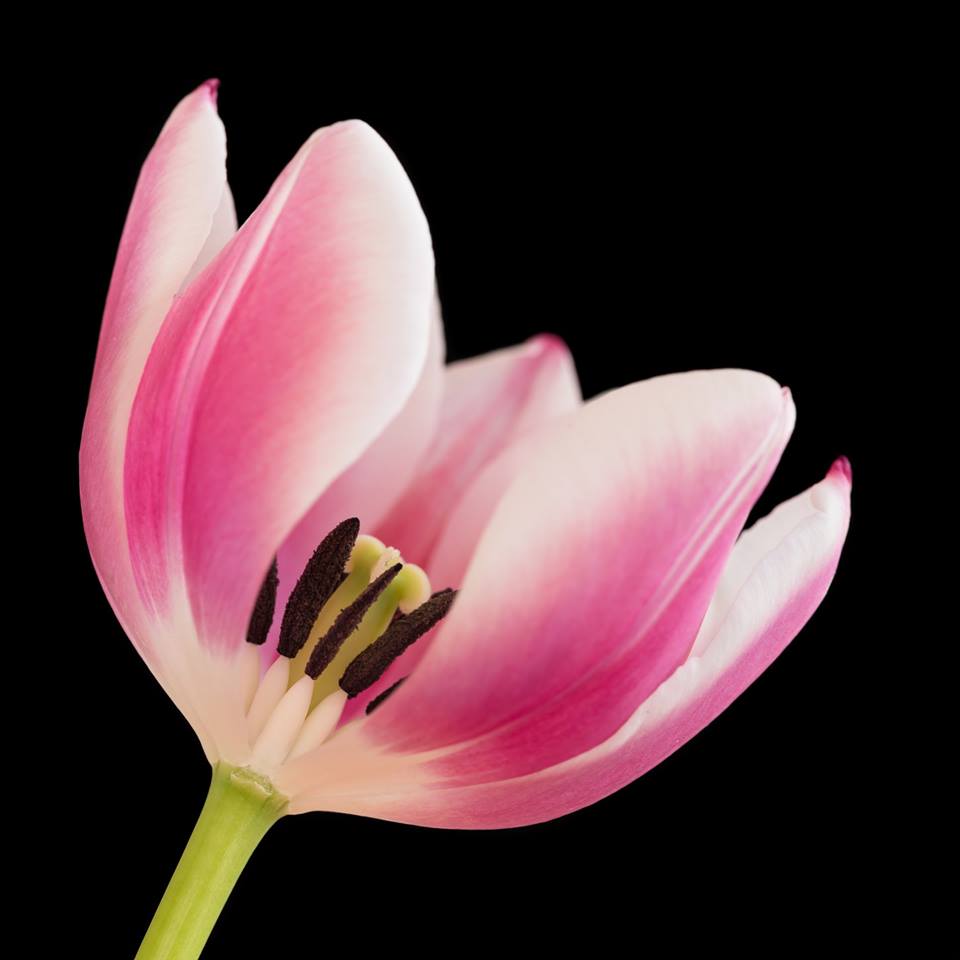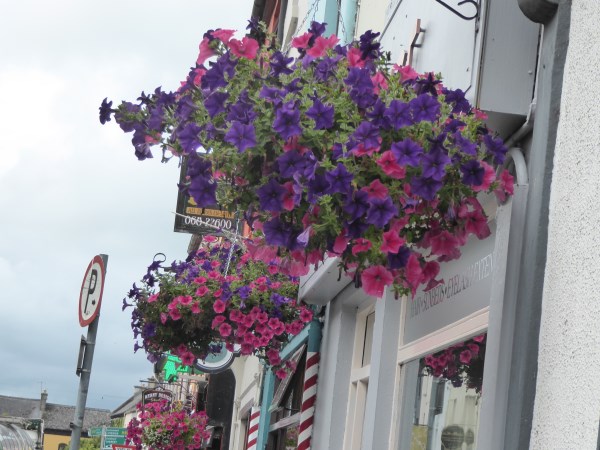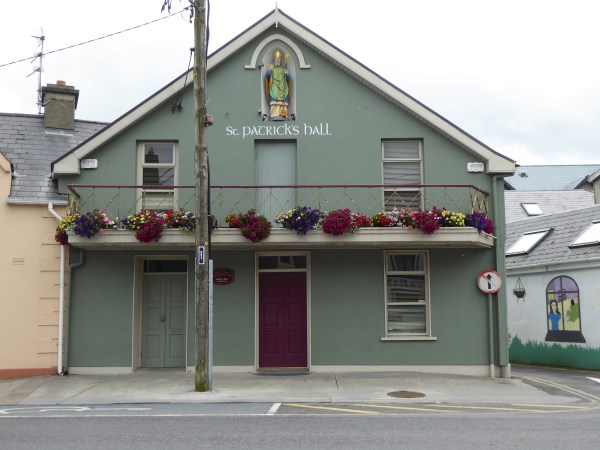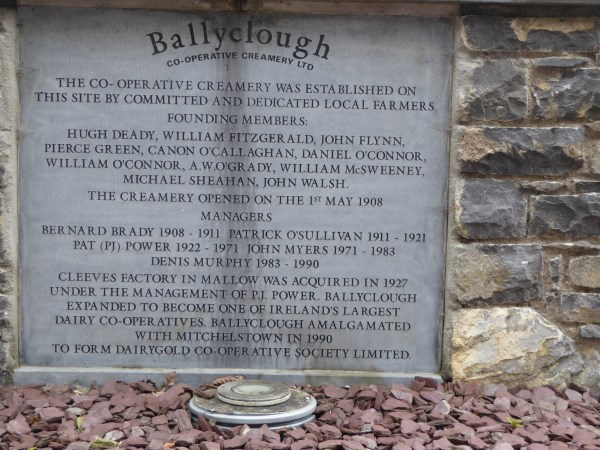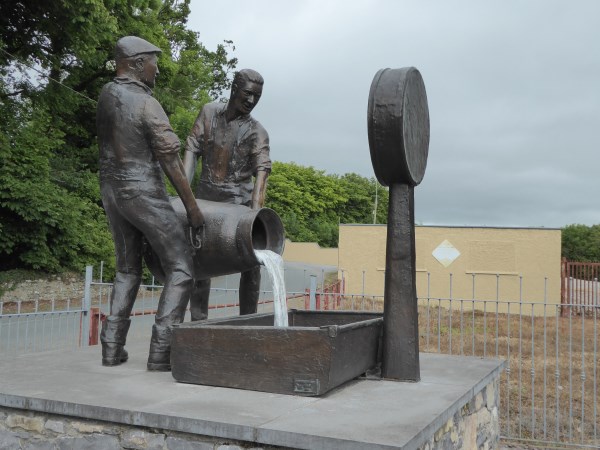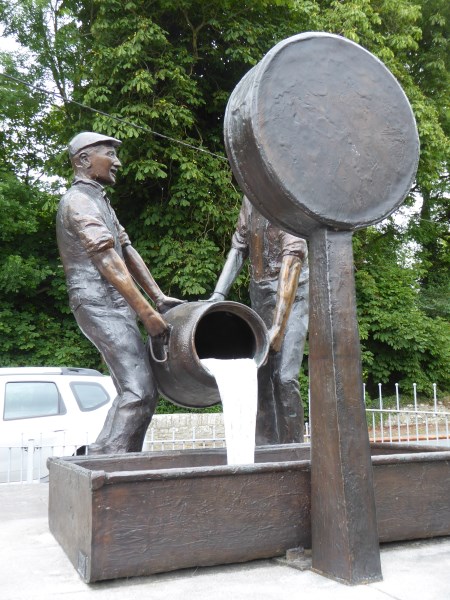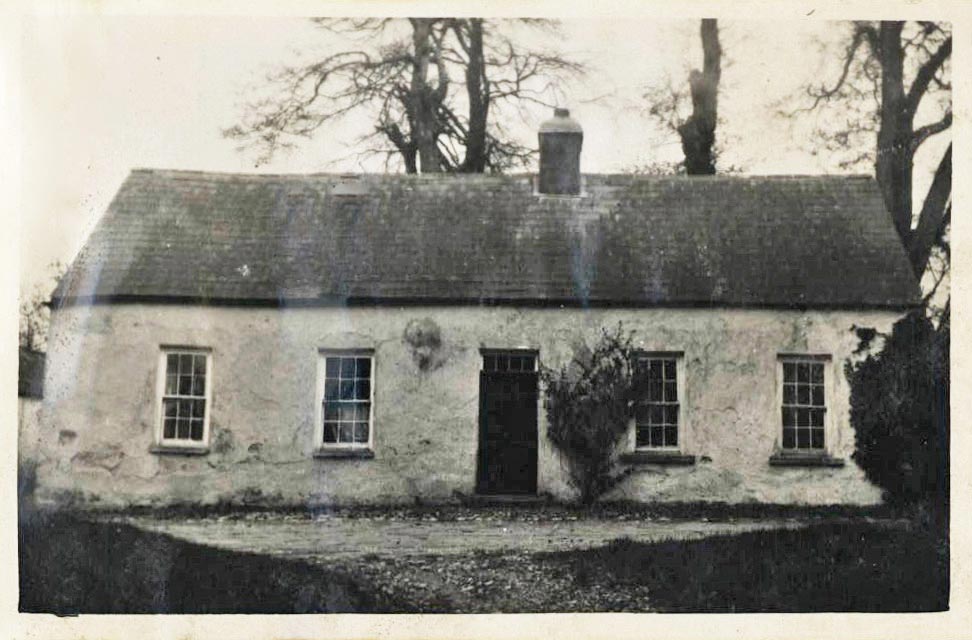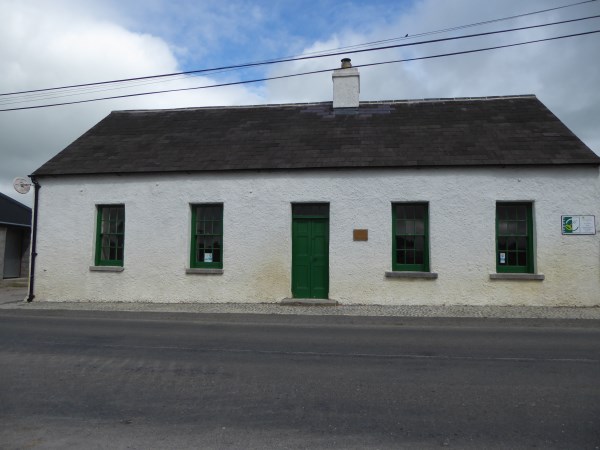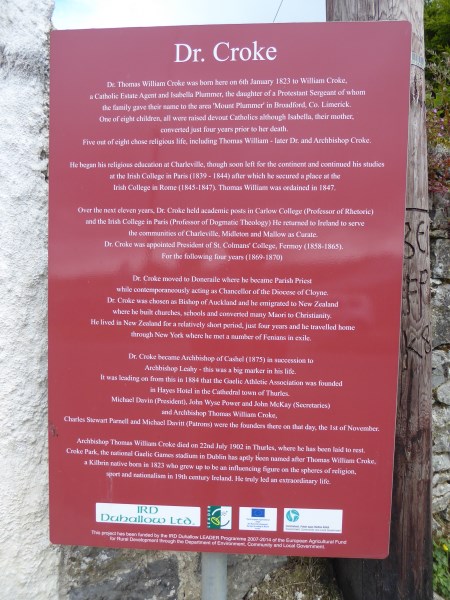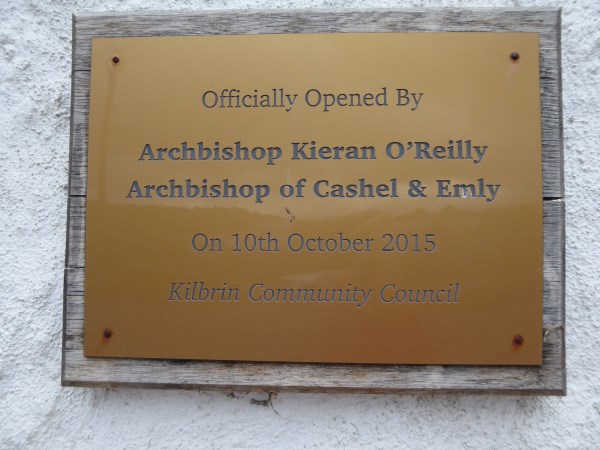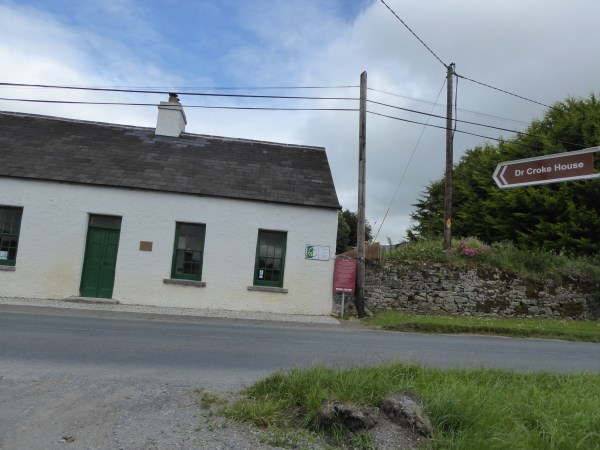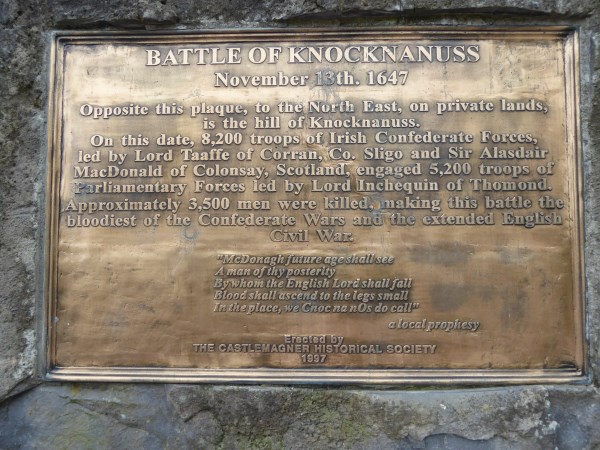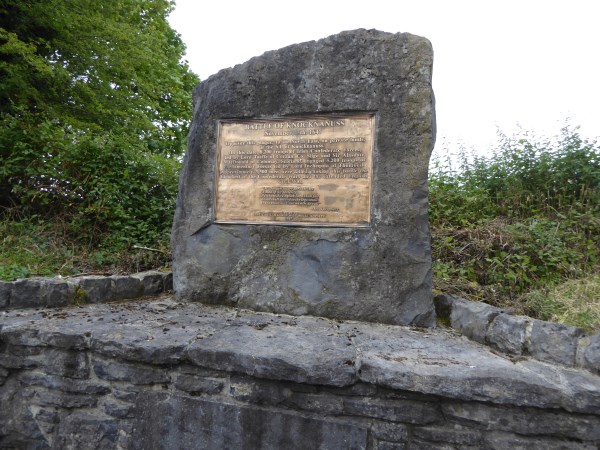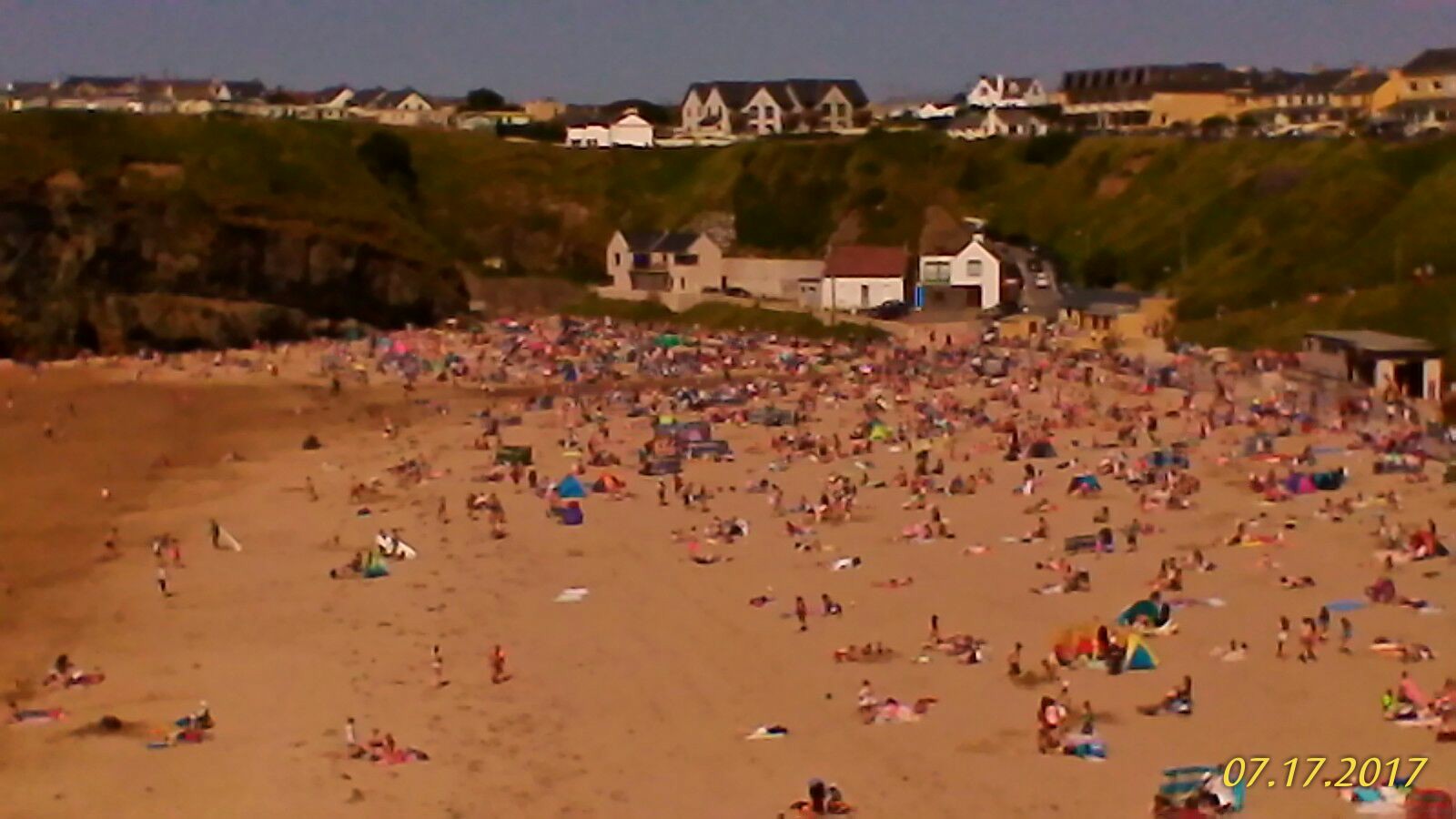
Jim MacSweeney
<<<<<<<
St. Patrick’s Hall, Listowel on St. Patrick’s Weekend 2019
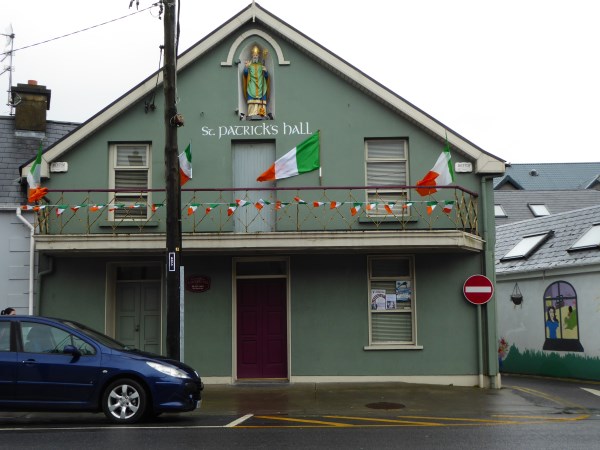
<<<<<<<<<<<
The Book Tour is Going Well
Vincent Carmody’s Listowel Gerry O’Shea
In the bar area of the Kerry Hall in Yonkers there are portraits displayed of five well-known Kerry writers, and three of the five come from the town of Listowel or its hinterland: Maurice Walsh from Ballybunion, author of The Quiet Man, John Moriarty, poet and philosopher from Moyvane and, of course, John B Keane from the town itself.
The management of the bar would find it hard to explain why the marvelous Bryan McMahon is not on display or Brendan Kennelly from Ballylongford or George Fitzmaurice, a noted dramatist and short story writer in the 19th century or Fergal Keane of current BBC fame.
I have no idea why a small and – at first walk-through – an unimposing town accounts for so much exuberant artistic talent. And now we have local historian, Vincent Carmody, producing an excellent and intriguing communal history: Listowel: A Printer’s Legacy. The title is further explained in the cover as The Story of Printing in North Kerry 1870-1970.
If, like me, you associate the work of the town crier with Shakespeare and Elizabethan England, you will find out that the job was alive and well in Listowel in Queen Victoria’s time and indeed right through the Irish Independence War a hundred years ago.
Carmody displays a rather menacing photograph of Mick Lane, town crier supreme, complete with his bell. Apart from making community announcements, Lane saw his job as promoting the sale of various items of local interest. A literate man who liked verse, his best-known quatrain was:
Go forth in haste with brush and paste,
Proclaim to all creation
That men are wise that advertise,
In every generation.
The author deals in detail with the Cuthberton family, owners of the main printing press in Listowel from 1880 until they closed shop in 1960. They were a prominent Church of Ireland family who included in their work posters and meeting notices ordered for various branches of the emerging nationalist movement especially during the first two decades of the 20th century.
The British authorities were very critical of a printing company, especially one with the Cuthberton religious pedigree, that was open to working for what they considered seditious organizations like Sinn Fein and the Gaelic league.
Mr. Carmody introduces readers to Sir Arthur Vicars who spent considerable time in Kilmorna House, an elegant Victorian building located a few miles from Listowel. Sir Arthur was appointed custodian of the Irish Crown Jewels in 1893. In 1907 the jewels disappeared and have never been recovered. The Royal Commission that was set up to solve the mystery failed to come to any conclusion but recommended that Vicars should lose his title.
In 1921, during the War of Independence, the IRA suspected that Sir Arthur was a British spy. They burned Kilmorna House and executed Mr. Vicars. There is still no conclusive report on the jewels or how they disappeared.
An enterprising Hollywood producer could involve the indefatigable Mr. Carmody in untangling the intriguing possibilities here. Vague rumors about a hidden vault at the north end of Kilmorna House might provide a good starting point!
The late Con Houlihan, a noted sportswriter and humanist, from Castleisland, down the road from Listowel, wrote that all human life can be found among the people in a country village. Vincent Carmody confirms this observation in Listowel: APrinter’s Legacy which proclaims his love of place in every chapter.
The photographs and posters with their stories entice the reader to flip from page to page – auctions, North Kerry ballads, fairs and, of course, local productions of plays are all described in the language of the time. Special kudos to the book’s design and layout team, including the attractive cover.
The Foreword to the book by retired teacher Cyril Kelly, another erudite Listowel writer, is exceptional, especially the four magnificent paragraphs describing the day-to-day work of Tadhg Brennan, a local blacksmith. I highly recommend Mr. Kelly’s contribution to aspiring writers and to old timers too who may recall visiting and playing with the bellows in their village forge fifty or more years ago.
The book was launched in New York before a big crowd by Dr. Miriam Nyhan Grey of the Irish Studies Department in NYU in the Kerry Hall in Yonkers on Friday March 8th. It is available online at listoweloriginals.com.
>>>>>>>
Holiday Snap from the 1920s
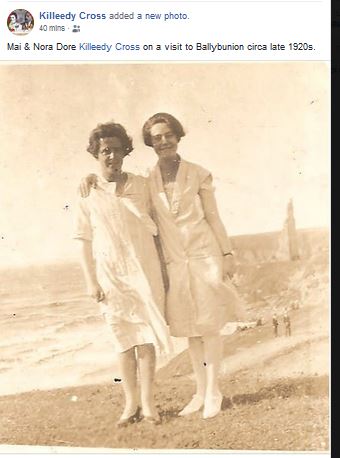
<<<<<<<<<<<
Happy a Butcher’s Dog
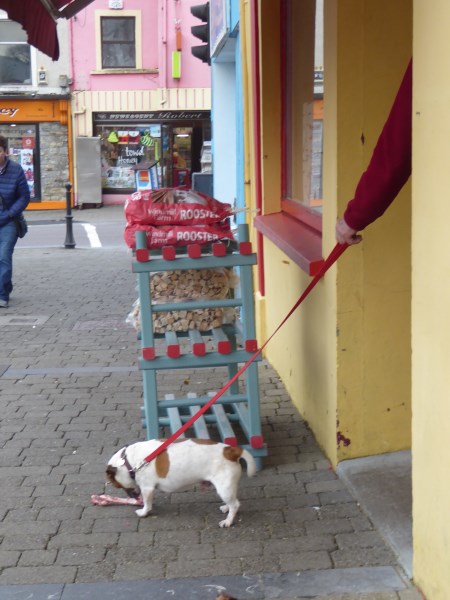
<<<<<<<<<
Beggars and Choosers
I got a very good reply to my post last week of a story from Mattie Lennon about his experience with the mendicant profession
Great piece about beggars and their targets. I’d say his willingness to give was the primary attraction! Many years ago, I was accosted by a well-dressed fellow who was drunk, and obviously seeking funds by which he could get drunker. At the time, I myself could not afford to drink, if I ever could! In answer to his slurred supplication I replied, as politely as I could, ‘No, thank you.’ He was genuinely taken aback and shouted: ‘I’m not effing giving you money, I am effing asking for it!’


























